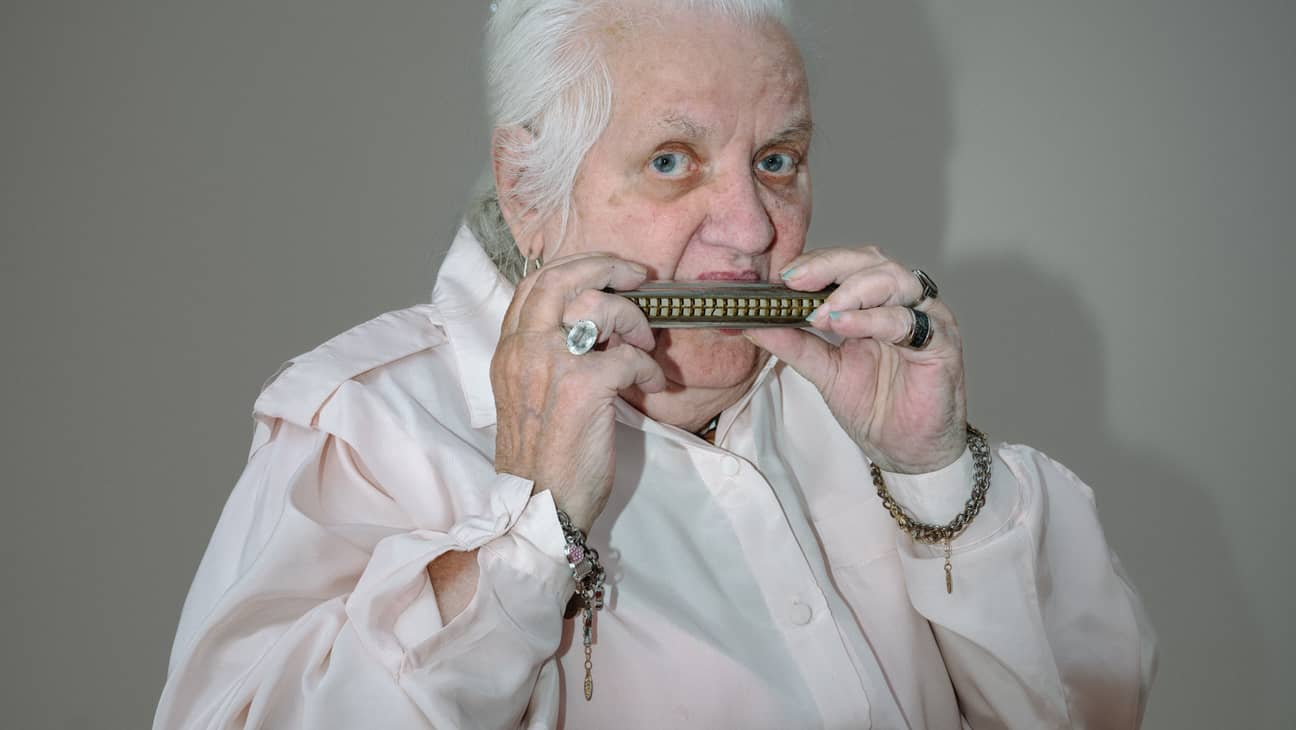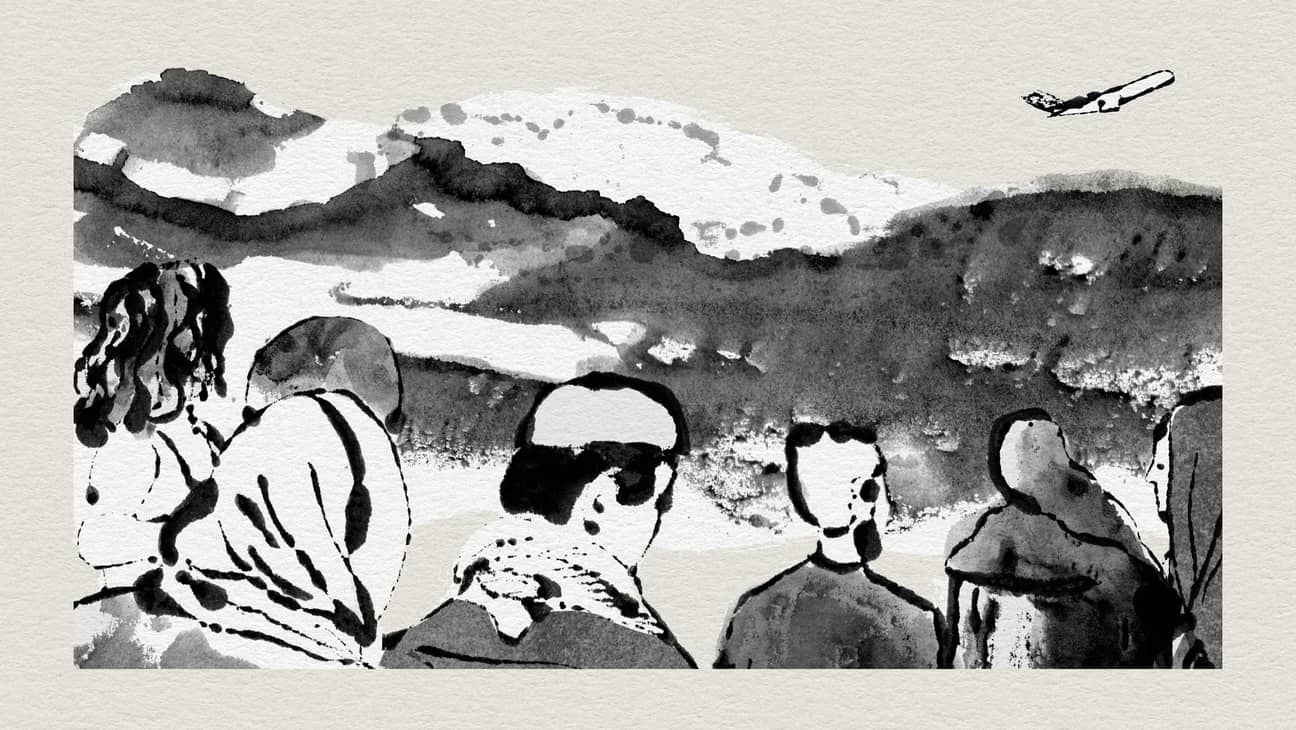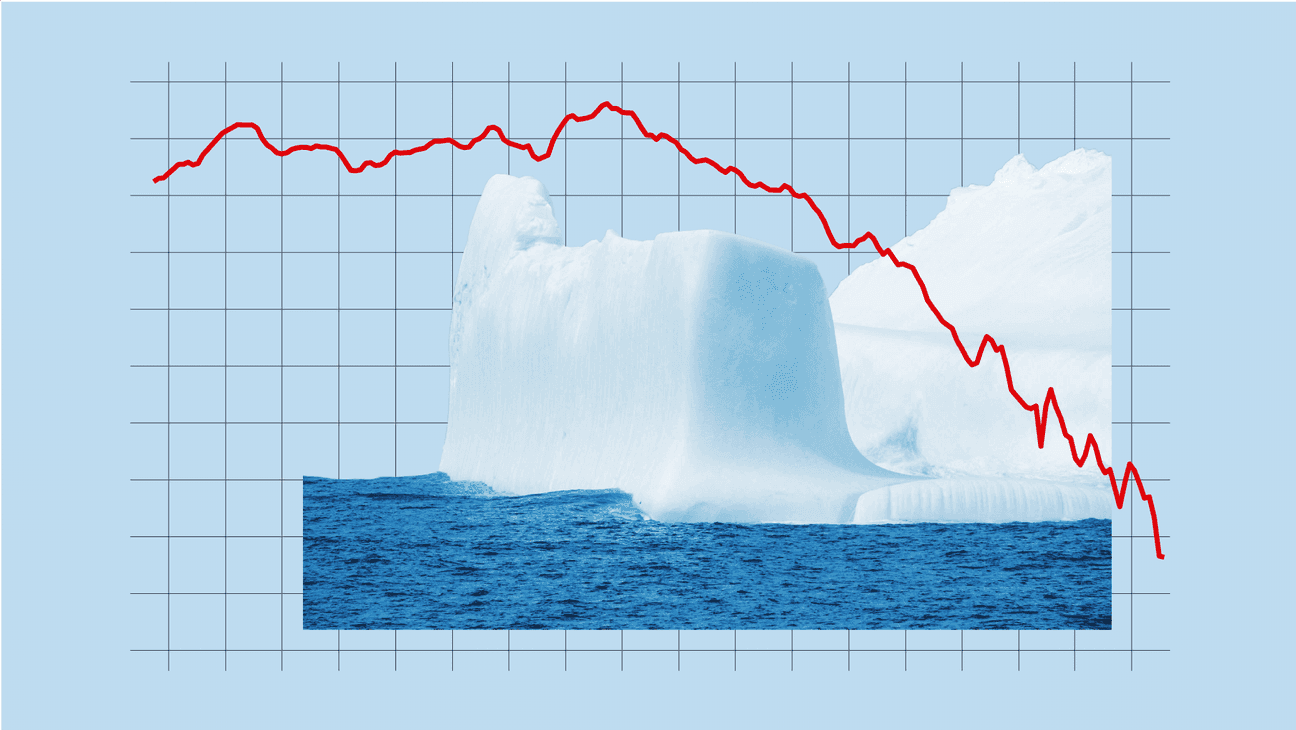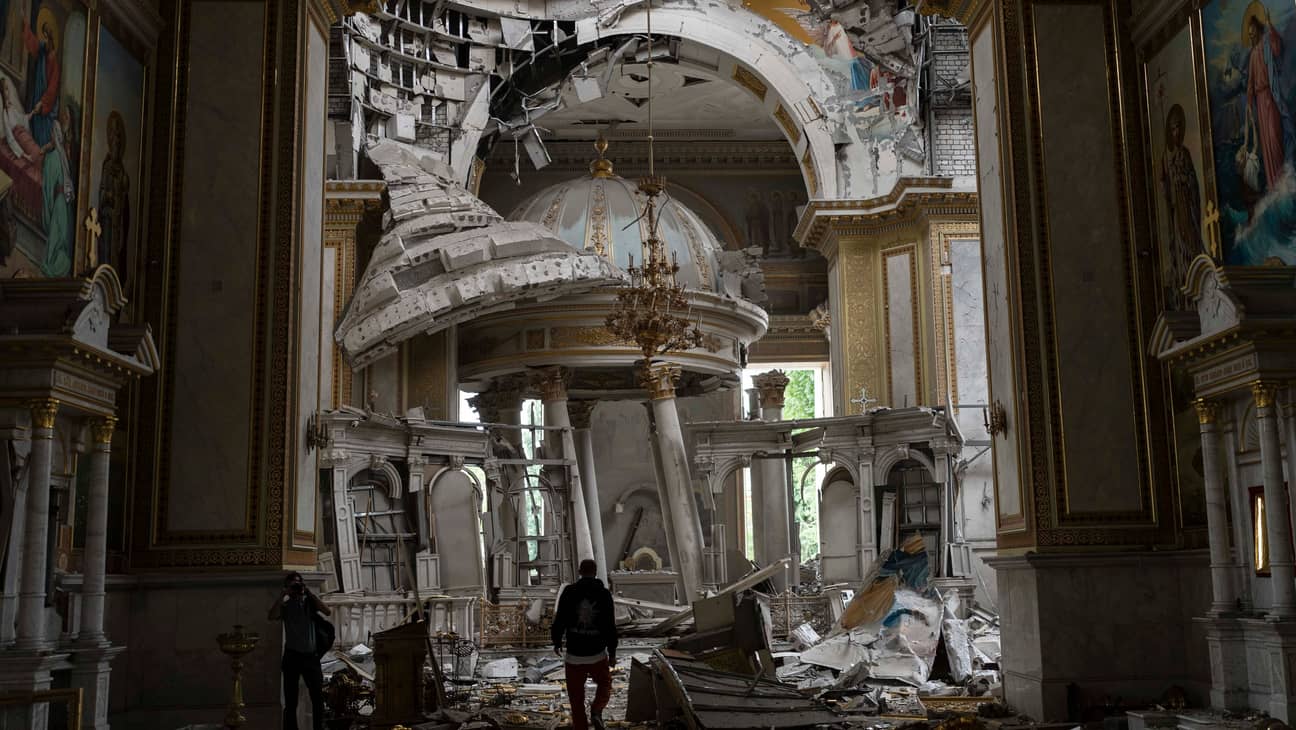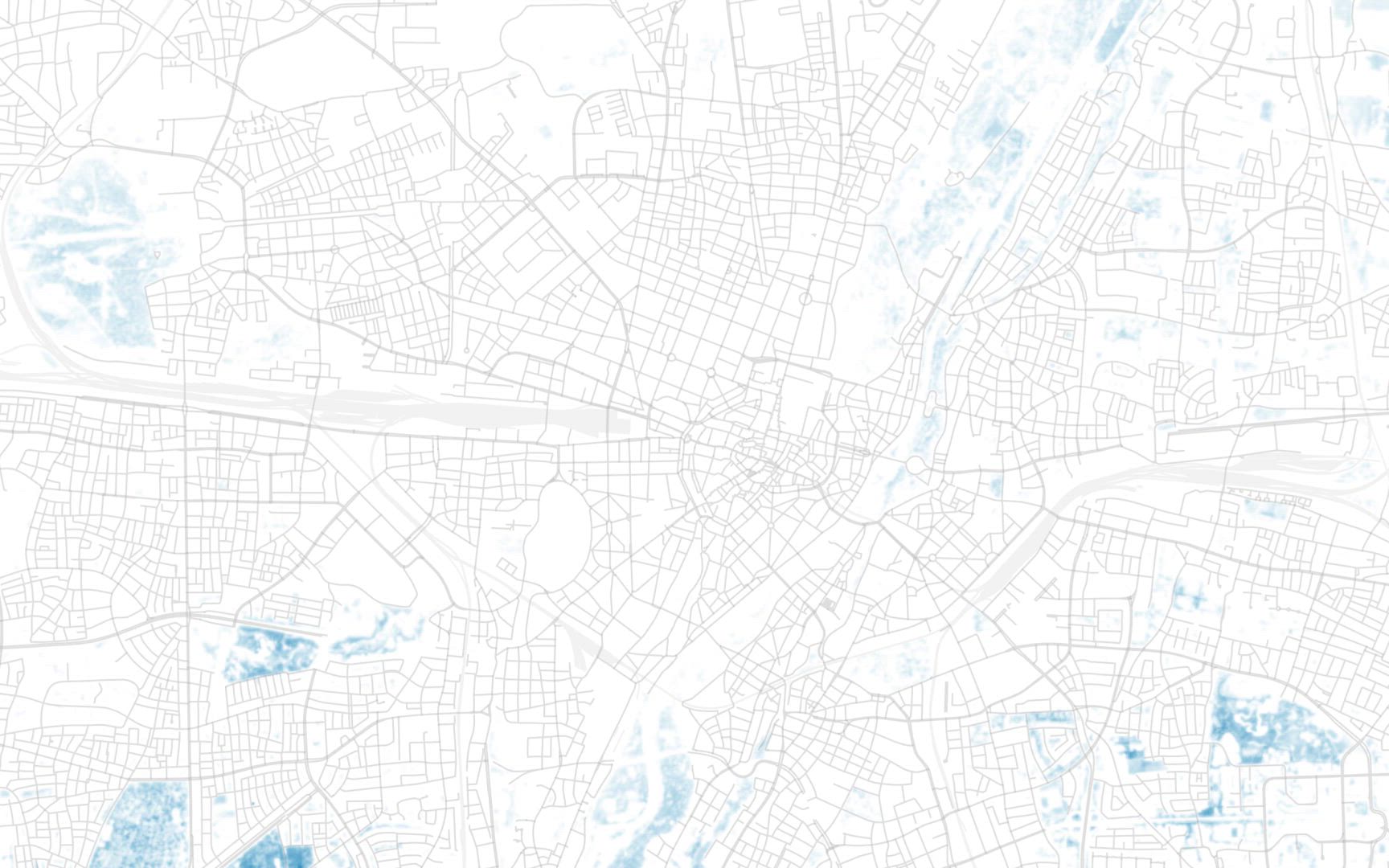
Cities are best built in the countryside, said French writer Henry Monnier in the 19th century: "The air is so clean." Back then, factories shooting out of the ground were polluting the growing metropolitan areas. Today, climate change adds another layer to Monnier's bon mot. Heat is a considerable health risk, especially at night. On tropical nights, i.e. when the air temperature no longer drops below 20 degrees, even ventilation often does nothing to cool us down. The body is under constant stress, and older people in particular suffer as a result.
In order for their inhabitants to survive the increasingly severe heatwaves, cities would actually have to become more rural: fewer cars and asphalt, but more green spaces, watercourses, flowers and trees. Meadows, for example, not only heat up less during the day than concrete, they also cool down more at night. Coastal cities are not necessarily at an advantage here. This is because seas and lakes heat up more slowly than air, but also cool down more slowly. As a result, they may reduce the heat somewhat during the day, but they slow down the cooling at night.
Heat maps show how differently buildings and locations can affect temperatures. The maps shown here are from six cities and refer to the temperatures at four o'clock in the morning, measured after the hottest day of the year until July. The differences are most noticeable in the early morning - not only within individual cities, but also between them: While it was nowhere colder than 25 degrees in Mumbai after the hottest day, the thermometer in Zurich dropped as low as 16 degrees in some places. Because the cities are so different, we also use six different scales to visualize the heat zones in the individual cities. So a red color in New York corresponds to a different temperature than the same color in Munich. However, it is true everywhere that something can be done to combat the heat - and some cities have already started to do so.
How is the city responding?
Since the 1990s, Mumbai has lost huge green spaces, while the built-up area has almost doubled. The Mumbai metropolitan region is now one of the most densely populated areas in the world - including the hot water bottle. The Arabian Sea laps at the coast with temperatures between 25 and 30 degrees, ensuring that Mumbai barely cools down. The slums are the worst hit, but there are hardly any precautions against the heat. The city's biggest initiative comes from a super-rich man: Real estate entrepreneur Gautam Adani wants to turn the Dharavi slum, the location for the movie "Slumdog Millionaire", into a "world-class city" in the city. 650,000 people are to be resettled in the overcrowded metropolis during the construction period. Residents who have lived there for 20 years are to be given a free apartment in the renovated district - at least that is the promise.
The authorities have recently shown that they are underestimating the heat: In April, the state of Maharashtra invited thousands of citizens to an open-air ceremony in the neighboring city of Navi Mumbai, and 14 people died of heatstroke. Mumbai is now developing a heat index that takes into account not only the temperatures but also the often high relative humidity. In contrast to dry heat, the body can hardly cool down by sweating, as sweat evaporates more slowly. Even a lower level of heat can be unbearable.
How does the city react?
Virtually nowhere in New York was cool on the hottest night of the year. Even the lowest temperature of 24.8 degrees on the morning of July 6 was much higher than the peak temperatures reached on the hottest night in Munich. Nevertheless, some neighborhoods stand out in particular. In the urban canyons of Manhattan, instead of heat islands, one has to speak of heat canyons: The heat is trapped between the skyscrapers during the day and conducted into the depths, while the tall buildings barely allow the heat to escape at night.The city is not even trying to fundamentally change this. On New York's website, under the heading "extreme heat", you can see a woman jogging and being sprayed by a fountain. That sums up the authorities' heat strategy quite well: On particularly hot days, the fire department converts hydrants into sprinkler systems so that passers-by can refresh themselves, thousands of fountains provide free drinking water. And in "cooling centers" such as public libraries, residents who don't have air conditioning at home can cool down. Otherwise, everyone is encouraged to take care of their own health and that of their neighbors.
How does the city react?
Zurich stretches along both sides of the Limmat and is surrounded by wooded hills. In this basin, the densely populated core areas in particular heat up considerably on hot days and retain the heat for a long time. Lake Zurich also stores a lot of heat and tends to counteract the cooling effect at night. On summer nights, it can therefore be up to ten degrees warmer in the city center of Zurich than in the surrounding areas. On the other hand, the hillside location is also a blessing: Streams of cold air blow into the city area from the Zürichberg, Uetliberg and Käferberg, helping to balance the climate at night.
The city of Zurich is systematically tackling adaptation to climate change: There is a "specialist heat mitigation plan" and authorities are given guidelines for heat adaptation. On the one hand, the aim is to cool particularly hot areas. Instead of asphalt, city planners are increasingly using gravel and other materials on squares and footpaths that allow water to seep away. Streetcars run on green routes. On the other hand, cold air flows should be preserved at all costs. Construction projects must not bring the cooling winds to a standstill. Some buildings, such as the extension to the Kunsthaus, are also deliberately built in bright colors. The "Cool down Zurich" exhibition brings together such examples, which should also be of interest to many local politicians in Germany.
How does the city react?
Strictly speaking, the city of Tokyo has not existed for a long time. Today, the Tokyo metropolitan region consists of 23 districts of old Tokyo and its neighboring prefectures. A total of around 37 million people live in this huge, almost seamless landscape of houses. It is the largest urban area in the world and gives its inhabitants a breathtaking subtropical sultriness in July and August.
Tokyo's average temperature has risen by three degrees since the beginning of the 20th century due to climate change and the heat island effect. The heat policy at the seat of the national government therefore attracts particular attention. Cooling measures have been in place here for a long time, including heat-absorbing road surfaces. These roads are said to be up to eight degrees cooler. More greenery is also part of the anti-heat plan, but progress is sporadic at best. New high-rise buildings are constantly being erected.
Ultimately, people have to help themselves. Hand fans are a common sight on Tokyo's streets. And in the mostly poorly insulated residential buildings, the noise of air conditioning systems and fans dominates the summer soundscape.
How does the city react?
The metropolitan region around Mexico City lies on a plateau, 2200 meters above sea level. It is framed by high mountains, including the Iztaccíhuatl and Popocatépetl volcanoes. The latter last rained ash in May. Its location in the basin means that hardly any winds reach the city. Mexico City has been struggling with air pollution for decades because the air in the basin is practically stagnant. In addition, there are heat islands, an effect which, according to scientists, accounts for an average warming of the city by three degrees Celsius compared to the last century. Overall, however, the city benefits from its altitude: it rarely gets hotter than 30 degrees.
A look at the heat map shows where to start: At the ruins of the planned mega airport. Construction of the Aeropuerto de Texcoco was halted in 2018. In the meantime, plans are flourishing to renaturalize the derelict site, which is 40 times the size of New York's Central Park, and to bring water back into the city. Up to now, the city's thirst has hardly been quenched with surface water, but mainly by pumping out groundwater. This extraction is probably contributing to the city's subsidence: Parts of Texcoco Park are sinking 20 to 40 centimetres a year in the unstable ground. The urban heat makes the problem even worse because precipitation evaporates more quickly and does not seep into the groundwater.
How is the city responding?
"Munich is a heat island, especially in the heavily sealed city center," says Gesine Beste, spokesperson for the Department of Climate and Environmental Protection. The temperature difference is particularly marked at night. "Compared to the surrounding area, it is up to nine degrees Celsius." A constant supply of fresh air would be one way of counteracting this. To this end, the city decided back in 1991 to expand 14 large green corridors and buy up land for this purpose. However, "in the vast majority of cases, the owners are unwilling to sell", according to a 2021 report, meaning that the project is making extremely slow progress.
Things are moving faster in public spaces. The city has new trees planted there - 2710 last year - which only just made up for the loss due to felling. In individual squares such as St. Paul's Square in the southern station district, city planners have created more shade and green spaces to protect against the heat. This is also planned in other places, such as Oskar-von-Miller-Ring. More private backyards also need to be redesigned to suit the climate, and there are even subsidies available for this. However, the city is not allowed to specifically draw the attention of property owners to this: Data protection.


